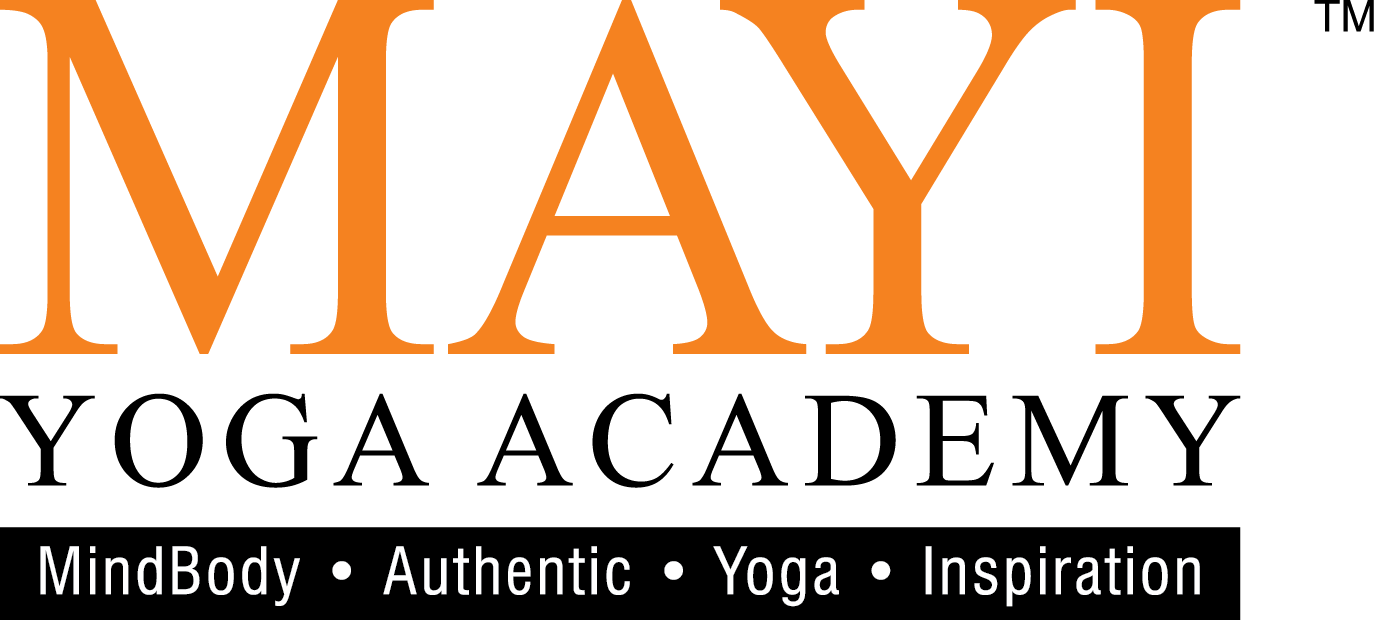Learning Jnana Yoga: No Shortcuts to Truth
- July 14, 2019
- Posted by: admin
- Category: Featured Content,

By Nicole Yong.Y.Y
Highway. Computer. Laptop. Smartphones. Emails. Mobile Apps. WhatsApps. Facebook. Citilink. Federal Express. Courses for adults. Workshops. Super learning techniques. Speed reading. Bulletproof memory training. Superhuman productivity. Ah huh…at last, a cup of Espresso in the evening.
If you are living in the city, you would most likely be experiencing the quick pulse of urban life. Somehow, the breakneck speed of living leads to wrong judgements and decisions, and cause direct and indirect emotional stress. Decision-making is tough when there is no one “right” answer. When we are not clear of our intuition, we may not always be clear of what we do.
In the past few years, my daily routine has been to get up in the morning, practise yoga asana, pranayama, meditation and prayer. Then I get ready for battle at business and workplace. Each week, a few evenings are dedicated to teach hatha yoga, breathing techniques and meditation classes. I also participate in karma yoga activities once a week where I teach yoga to the local community for free. During the weekends, I spend time at home preparing food and organising family gatherings. At the end of the day, before I retire to bed, I would read some yoga philosophy — Bhagavad Gita, Upanishad, Yoga Sutra and some articles or books written by great swamijis and yogis. This is how I connect my yoga practices to Jnana Yoga. “Jnana” means knowledge. True knowledge is gained via Jnana Yoga, relating to the knowledge of existence, dharma, moral virtue, the creator and the creation.
In the modern context, “super learning” refers to speed reading, bulletproof memory skills, fast mathematical skills and high productivity via intensive training, but in Jnana Yoga there is no shortcut to gaining true knowledge.
According to Swami Sivananda,
“Education is the root. Culture is the flower. Wisdom is the fruit.” It takes time and cultivation. Every student should reflect calmly and carefully and understand first the true meaning and purpose of education. Without an understanding, the blind pursuit of a diploma or a degree becomes a dry mockery, ending inevitably in disillusionment. Education is the training in the art of living.
The Power of Self-Knowledge
The fourth value in Niyama (observance) is Svadhyaya, or self-study. Svadhyaya involves observing and reflecting on ourselves.
The better we understand ourselves, the better is our ability to live in harmony with the environment we live in, including social interactions. Eventually, allowing not only to rejoice but also find ways to contribute to the world.
Self-knowledge guides us to be more aware of the challenges and issues we are facing. The more mindful we are when the problems arise, the better we are able to lead the situation to a healthy direction. Otherwise, we will be controlled by negative situations and fall into the unconscious reactions of anger, anxiety, sorrow and worry. These negative, unconscious patterns will prevent us from thinking rationally.
Daily practice is the key to bring us to a transcendental life and to an evolution of individual personality.

Svadhyaya in studying Yogic Scriptures
Most of us know of Patanjali’s “Yoga Sutras” and “The Bhagavad Gita”. There are over 200 surviving Upanishads and some are well-known, such as the Isa Upanishad, Mandukya Upanishad, Taittiriya Upanishad and so on. They are very inspirational. I read commentaries on Yoga Sutras, Bhagavad Gita, the Upanishads, medieval hatha yoga texts like Hatha Yoga Pradipika, and books such as “Autobiography of a Yogi” by Paramahamsa Yogananda.
As I read, I was aware that the commentaries might have been coloured by the translator’s perceptions. So, I put my mind on understanding the real meaning of the texts. Asanas, or postures, were not a dominant component of yoga. They were in fact designed to support other yoga practices like Pranayama (expansion of human vital energy through yogic breathing practices), Dharana (mind concentration practices) and Dhyana (meditation practice). Patanjali described asana as the “seat” for pranayama and meditation practices. And the goal of yoga asana was not for body fitness and the movements are not like gymnastic movements. Through contemplation I gained better understanding and clarity of the scriptures.
Patanjali says that in the process of personal growth, when refining our perceptions and changing our habits, this process happens gradually over a long period of time. Sometimes, there is a flash of clarity, followed by a period of non-clarity.
We feel confused, frustrated and do not know what we are doing. When we study scriptures more and more regularly, the flashes of clarity occur frequently. When we appreciate the inspiring teachings from the scriptures regularly, positive ideas will be planted in our subconscious mind, gradually. We start to notice that our habits change and we respond to challenging situations differently — in a healthy way. Our intuition will guide us in the right direction, responding to a tensed situation with calmness rather than overreact.
We would have come across powerful words such as Sattva (purity), Vaigragya (detachment), Abhyasa (to practice), Buddhi (intellect), Manas (the sense-mind), Ahamkara (ego), Chitta (memory), Atma-jnana (knowledge of the self), Moksha (liberation), Brahman (the highest universal principle, omnipresence) and more. Do not just study and memorise these words or important wordings in the scriptures. Close your eyes and ask yourself: “What have I read? Do I appreciate this knowledge for self-empowerment? How do I feel now?”
By studying the scriptures, we are learning from great yogis and saints. We can gain valuable insights and grow in wisdom. They are sharing the ultimate truth and teaching us the art of living, and at the same time, helping us understand our true nature.

Meditation and strength
Another aspect of svadhyaya is meditation. In this fast world, most people cannot imagine living a minute without having any thoughts. Meditation allows us to build awareness of the ceaseless “small-talks” in our minds. It allows time to observe and be aware of our breathing, thought fluctuations, emotions, actions and reactions. Do not suppress the thoughts during meditation, but learn to witness without any judgement and involvement.
Thoughts arise from our subconscious mind and revolve around problems, mistakes or deep-rooted memories. We rationalise them via detachments.
We are balancing self-reflection and cultivating awareness of our thought patterns — and navigating and guiding our minds to positivity. This will lead to positive energy, action, emotions and outcomes. If we practise meditation daily, we will be able to build this mindset.
Moreover, meditation gives us greater power to realise when we are falling into an unhealthy emotional trap, and learn to channel our focus to more constructive thoughts. We understand the issues that are disturbing our minds. Slowly taking a deep breath in, we shift from blame or anger to a more optimistic feeling, and we become more mindful and peaceful. We obtain mental clarity after meditation.
For those who are new and keen to learn meditation techniques, I suggest that you learn from an experienced teacher, who will guide you step-by-step on how to attain inner silence.

Conclusion
There are different approaches to practising yoga, but how many students and teachers understand the true meaning of these practices? I was lucky to have the opportunity to learn from Master Manisekaran a few years ago. The interest in the interpretation of traditional yoga practice really widened my perception; letting me to reflect on the practices and what they meant for me. The knowledge reveals to me both my conditioning and my true identity, guiding me to a more matured phase of the practices.
Om Shanti Shanti Shanti..
